STATE OF ELEVENATE | Extended returns until Jan 15th
Women
Men
Explore
Norway (NOK) - EN
0
0
STORIES
/
LAYERING FOR BACKCOUNTRY SKIING
TG: "When skiing in January, you can experience all kinds of weather. At altitude, it can get severely cold, down to -20 degrees Celsius. Add some wind, and it can feel like an Arctic winter. On the same day, at lower altitudes, it can feel like spring, especially around lunchtime on sunny slopes."
Q: Would you say you’re someone who gets cold easily, or do you warm up quickly when skiing?
TG: "I consider myself as someone who gets warm easily. My body temperature rises quickly as soon as I start moving. You’d think that means I wouldn’t need many layers. But, I’d rather not be cold! There are periods during the day when I’m not moving much—sitting on the chairlift or waiting for clients at the end of a powder run, for example. And during downhill skiing, especially on higher altitudes or shaded slopes, I don’t warm up much."
Q: Do you have any specific accessories you keep on hand for added comfort?
TG: "Absolutely. I always wear a helmet for freeride skiing, but when skinning or during lunch and après-ski, I switch to a skier's cap or beanie. I also keep a Primo merino tube packed in my backpack."
Q: What about your base and mid-layers—what’s your go-to setup there?
TG: "For a second layer under the Bec de Rosses jacket, I wear a skier’s fleece hood. For my first layer, it’s always wool—my Primo crew and pants. They keep me warm, and wool is an unbeatable choice for me when it comes to insulation."
Q: Any final tips for those layering up for similar conditions
TG: "Find layers you can rely on and get comfortable with your setup. You want to be able to adjust quickly to changing conditions, so keep those essentials packed but accessible."
Customer Service
About Elevenate
Product Information
Subscribe to our newsletter
Sign up for product news, stories and special invites.
By signing up to the Elevenate newsletter you agree to our Terms & Conditions and that you have read our Privacy Policy.
Copyright © 2025 Elevenate AB.


Men's Bec de Rosses XI Jacket


Men's Bec de Rosses XI Pants
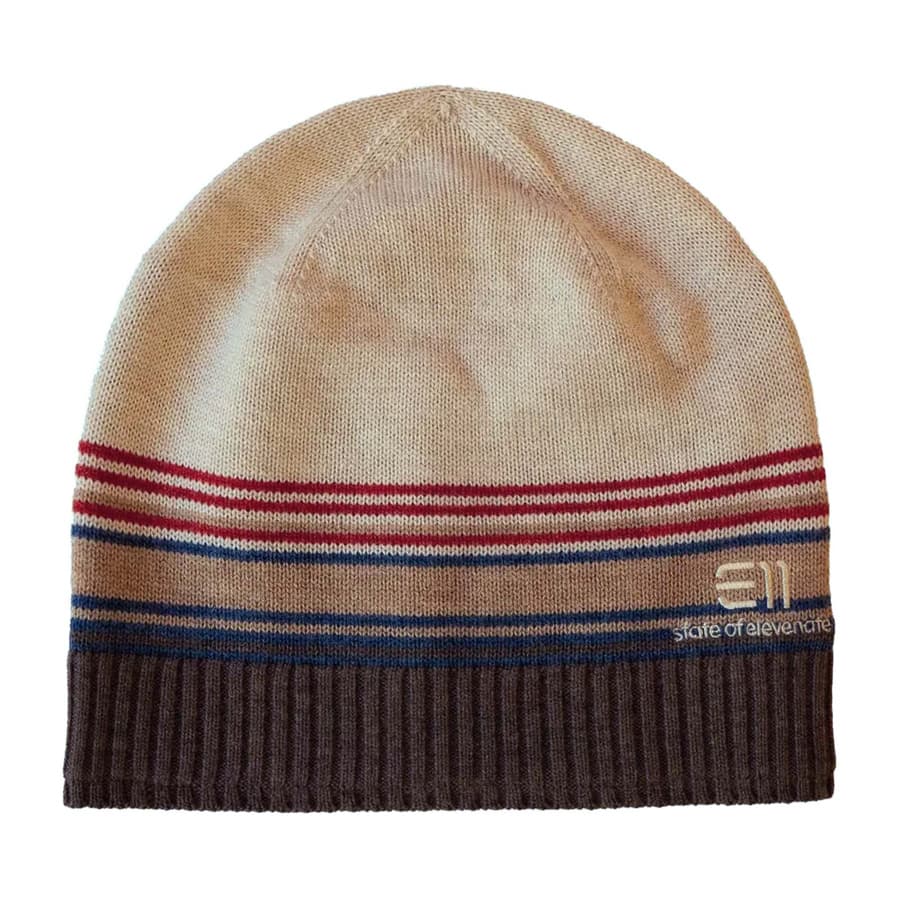

Frontier Beanie


Tofino Cap
9 500.00 NOK
9 300.00 NOK
650.00 NOK
450.00 NOK


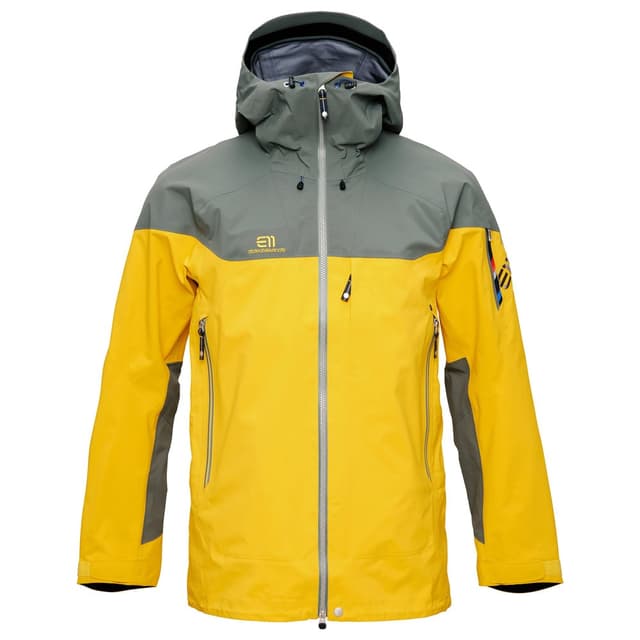
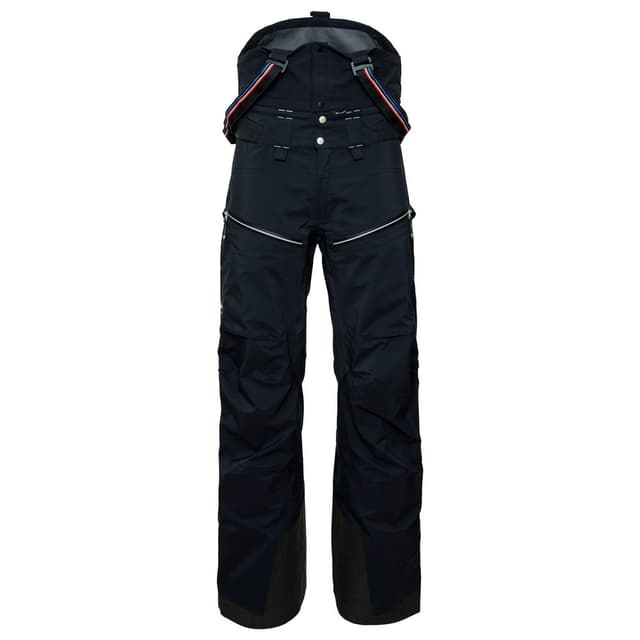

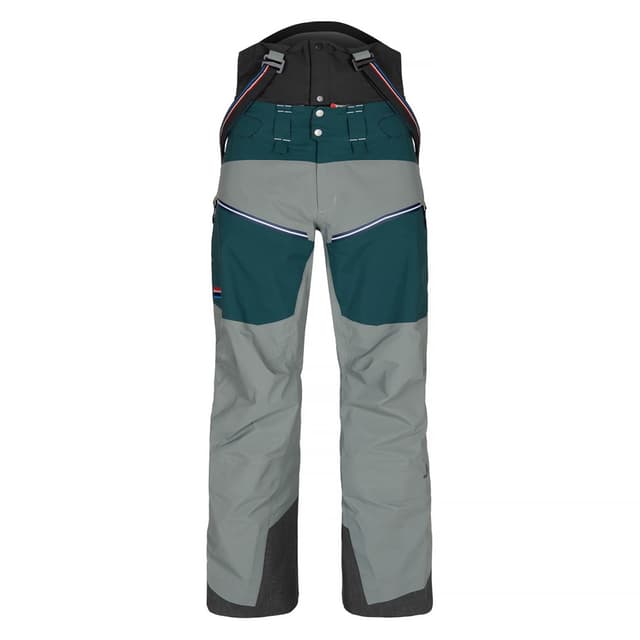
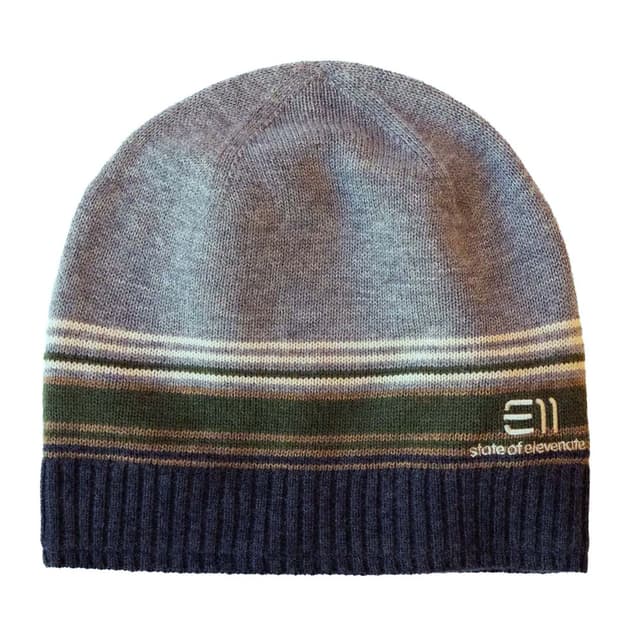
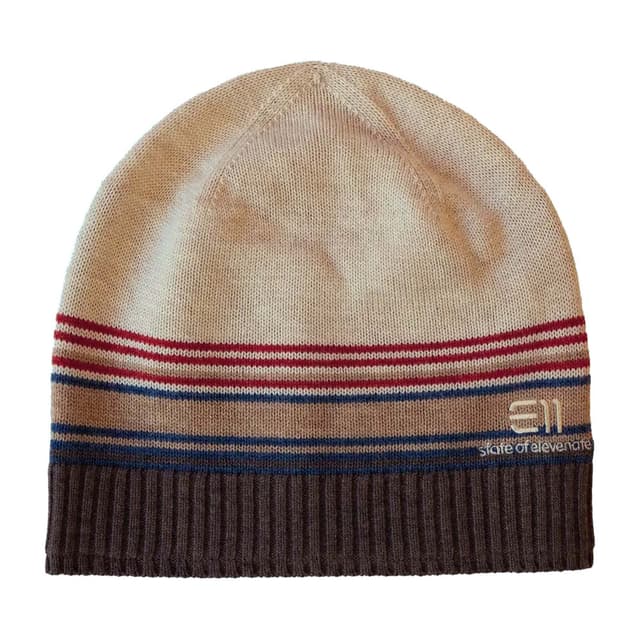





Men's Primo Crew


Men's Primo Pants


Men's Skiers Fleece Hood
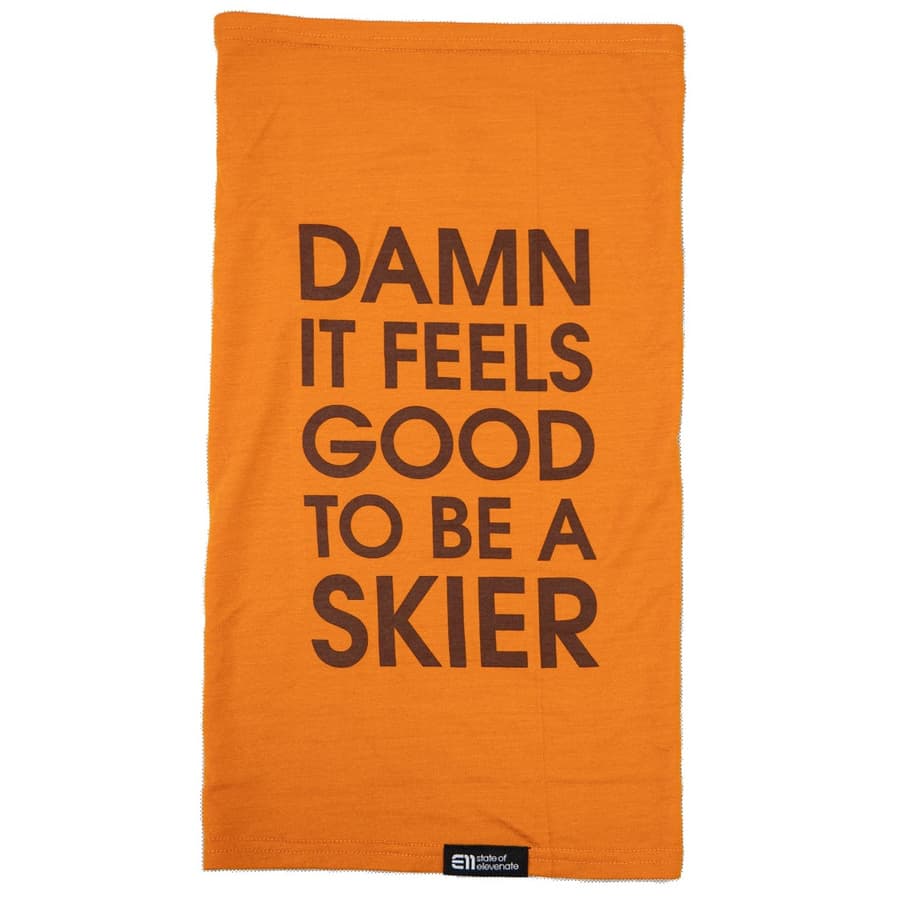

Primo Merino Tube
1 200.00 NOK
1 000.00 NOK
1 900.00 NOK
400.00 NOK








